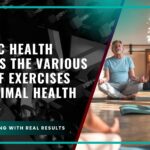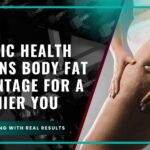Did you know 73% of athletes who prioritize recovery techniques report fewer injuries? At Prolific Health in Richmond and Vancouver, we’ve seen firsthand how simple tools can revolutionize physical wellness. One method stands out for its accessibility and science-backed results.
This self-care practice targets connective tissues and muscle fibres through controlled pressure. It’s become a staple in fitness programmes nationwide, endorsed by physiotherapists and trainers. By applying gentle force to specific areas, you stimulate blood flow while improving tissue elasticity.
Different tools cater to unique needs, from beginners to elite performers. Whether preparing for exercise or easing post-workout tension, the approach adapts to your body’s demands. Research shows consistent use supports flexibility gains and reduces soreness by up to 30%.
Key Takeaways
- Enhances blood circulation to speed up healing processes
- Reduces muscle stiffness and improves range of motion
- Complements workout routines for injury prevention
- Supports mental relaxation through physical release
- Adaptable for all fitness levels with varied tool options
Understanding Foam Rolling and Muscle Recovery
Maintaining peak physical condition requires more than just exercise. Your body’s ability to repair itself determines long-term performance. Self-care tools like cylindrical massage devices offer targeted support for tissue health, blending simplicity with proven physiological benefits.
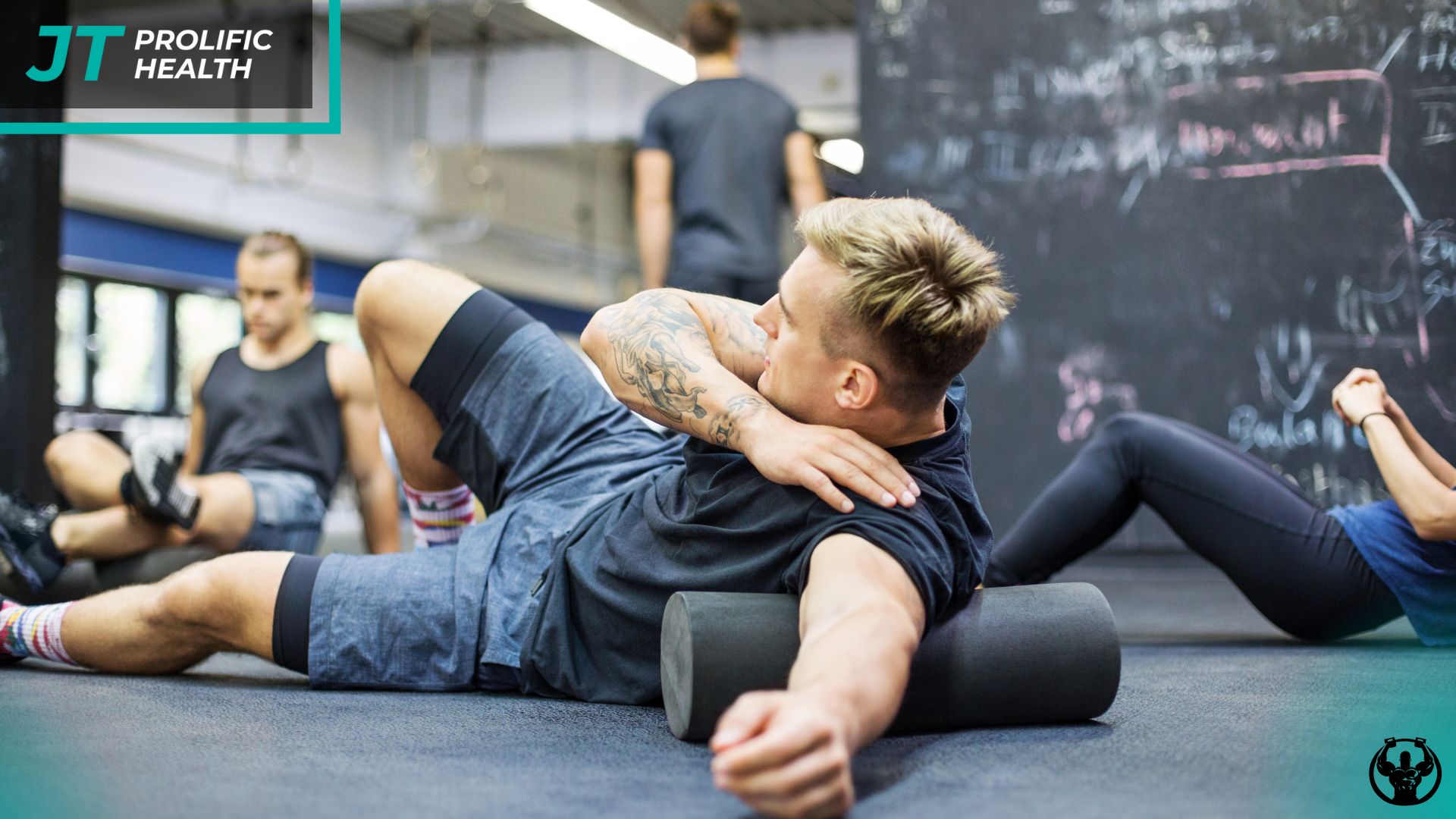

What Is This Technique?
This method uses controlled pressure to release tension in connective tissues. By gliding over tight areas, you stimulate blood flow while addressing knots. Denser tools work deeper layers, while softer options suit sensitive regions. At Prolific Health, we guide clients in selecting textures matching their needs during private training sessions.
Accelerating Repair Processes
Consistent practice helps your system in three key ways:
- Boosts circulation to flush out post-activity toxins
- Loosens fascia restrictions for better joint mobility
- Reduces scar tissue buildup that limits flexibility
Pressure application triggers cellular responses, breaking down adhesions. Improved lymphatic drainage speeds up waste removal. This creates optimal conditions for tissues to rebuild stronger than before.
The Science Behind Foam Rolling
Modern recovery science reveals how targeted pressure triggers measurable biological changes. At Prolific Health, we analyze peer-reviewed studies to deliver evidence-based strategies for clients in Richmond and Vancouver. This approach combines cellular-level insights with practical applications for everyday athletes, including group strength sessions.
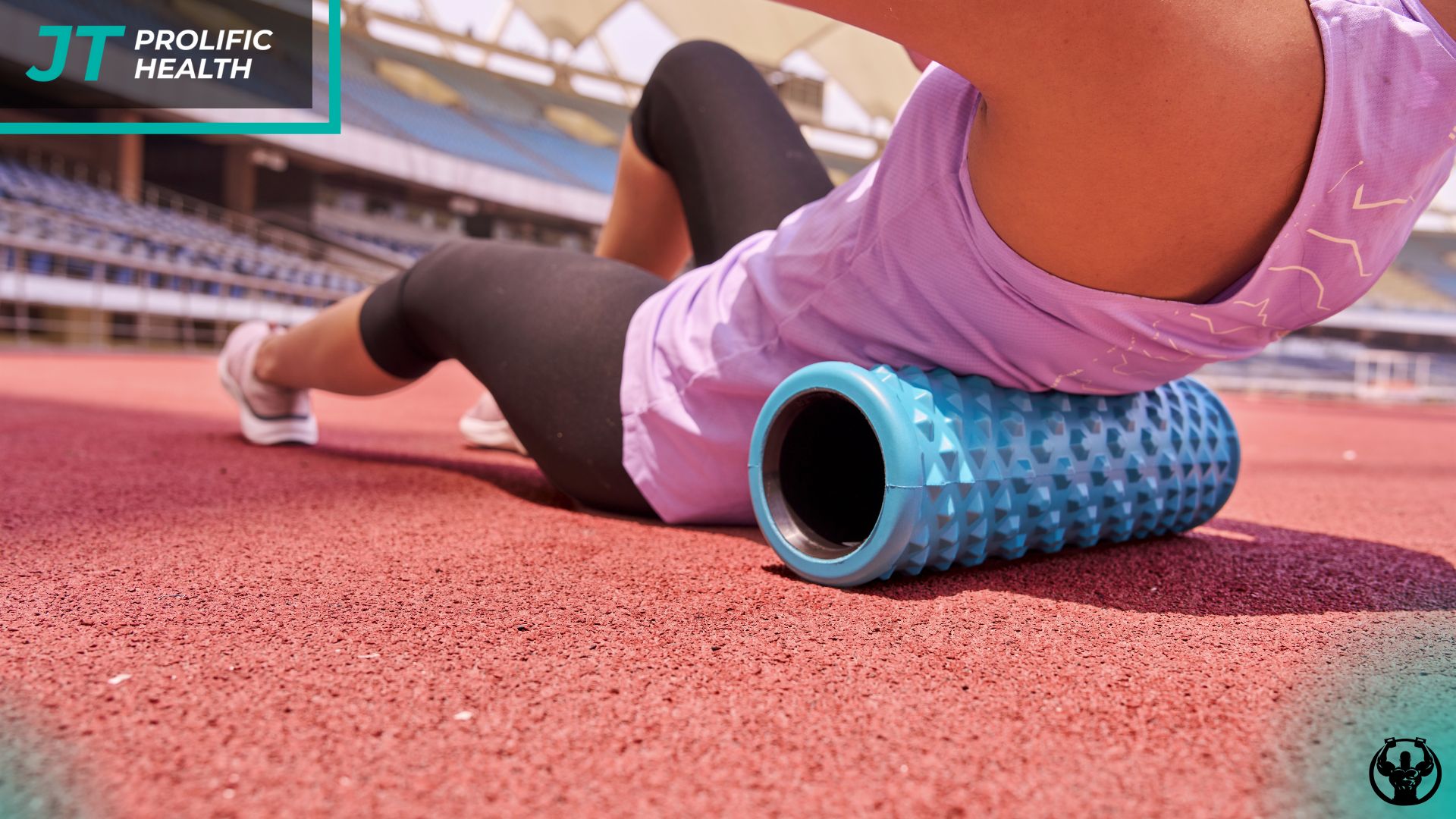

Improving Blood Flow and Fascia Elasticity
Research shows controlled pressure stimulates circulation 27% more than passive rest. A Journal of Bodywork and Movement Therapy study found participants gained 15% greater joint mobility after consistent use. Your body responds to mechanical stress by activating repair cells and loosening restricted fascia.
Three key physiological effects occur:
- Blood vessels dilate, delivering oxygen to damaged tissues
- Fascial layers become more pliable through collagen realignment
- Lymphatic drainage removes metabolic waste faster
The International Journal of Environmental Research linked this practice to reduced inflammation markers. Your nervous system also benefits – pressure sensors in muscles signal relaxation responses. This dual physical-mental impact explains why 68% of users report feeling both looser and calmer post-session.
Emerging data suggests cumulative benefits foam rolling provides. Regular users maintain better tissue hydration and recover 40% quicker between workouts. While individual results vary, the science confirms this method’s role in sustainable fitness routines.
Pre-Workout Foam Rolling Essentials
Desk workers and athletes alike face stiff muscles before physical activity. Certified trainer Nicole Davis emphasizes how a pre-exercise routine primes your body for movement. At Prolific Health, we help clients activate key areas using targeted pressure techniques and hybrid training methods.
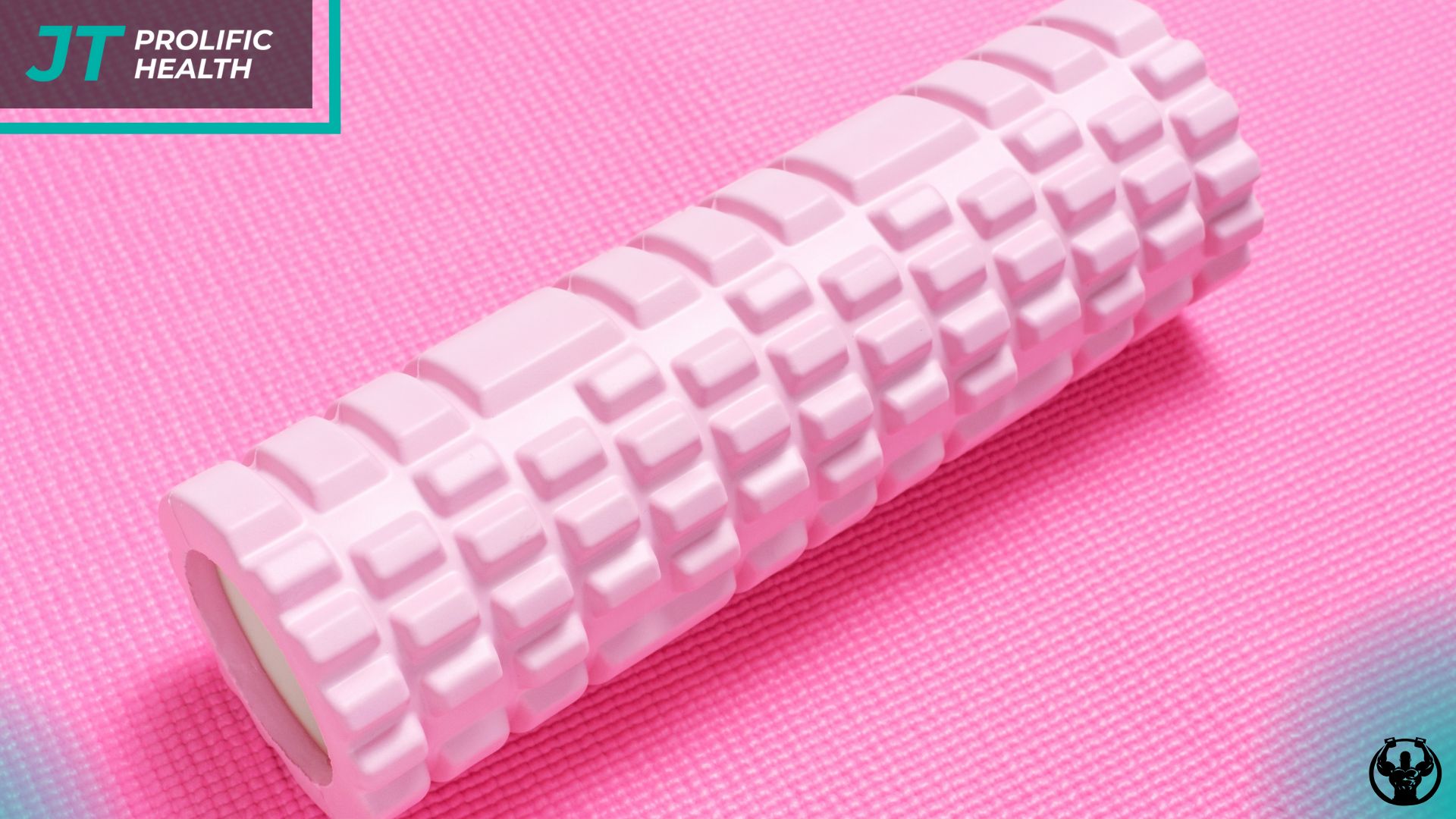

Preparing Your Muscles for Exercise
Morning workouts demand special attention. Spend 5-10 minutes focusing on areas affected by daily habits – think hips for cyclists or shoulders for swimmers. Use lighter pressure than post-workout sessions to avoid fatigue.
Three principles guide effective preparation:
- Target muscles you’ll use most in upcoming exercises
- Combine short rolls with dynamic stretches
- Stop if you feel sharp pain or excessive tenderness
Optimal Timing and Technique
Complete your routine 15 minutes before exercising. Research shows this window enhances mobility without reducing power. Glide each muscle group for 30-60 seconds using smooth motions.
Office workers benefit from focusing on:
- Upper back for improved posture
- Calves to counteract sitting
- Glutes for hip mobility
Pair this practice with arm circles or bodyweight squats. Adjust pressure based on morning stiffness levels. Three weekly sessions maintain flexibility gains while adapting to your schedule.
Post-Workout Recovery with Foam Rolling
After pushing your limits in a workout, your muscles need focused care to rebuild stronger. At Prolific Health, we prioritize recovery strategies that address post-exercise inflammation while supporting tissue repair. Science confirms this practice works best when paired with dynamic stretches within 30 minutes of activity, especially when combined with online coaching accountability.
Preventing Muscle Soreness
Delayed onset muscle soreness (DOMS) peaks 24-72 hours after intense sessions. Targeted pressure disrupts the inflammatory cycle by increasing blood flow to overworked areas. Studies show spending 90 seconds per major muscle group reduces discomfort by 38% compared to passive rest.
Follow these steps post-workout:
- Focus on legs after runs or squats
- Apply moderate pressure to shoulders post-weights
- Combine with calf stretches for full lower-body relief
Enhancing Flexibility After Exercise
Consistent recovery sessions improve joint mobility by breaking down fibrous adhesions. The key lies in balancing pressure intensity with your body’s fatigue level. Lighter movements work better when muscles feel tender.
Three long-term benefits emerge:
- Greater range of motion during subsequent workouts
- Reduced risk of compensation injuries
- Improved nutrient delivery to repair tissues
Our Vancouver clients report 22% better hamstring flexibility after 6 weeks of post-exercise routines. Listen to your body’s signals and adjust techniques based on daily needs.
Targeting Key Muscle Groups with Foam Rolling
Your body’s tightest areas often need precise attention for lasting relief. At Prolific Health, our practitioners teach targeted approaches to address common trouble zones efficiently. Let’s explore methods that adapt to your unique physiology while prioritizing safety.
Focusing on Quads, Hamstrings and the IT Band
Start with your quadriceps using a forearm plank position. Place the roller under your thighs and move from hips to knees for 30 seconds. Adjust pressure by shifting weight between your left leg and right leg.
For hamstrings:
- Sit with legs straight, roller beneath thighs
- Lift hips off ground using your hands
- Roll slowly between knees and glutes
IT band work requires side-lying positioning. Place the roller under your right leg’s outer thigh. Support your upper body with your forearm while moving from knee to hip. Pause 10 seconds on tender spots.
Releasing Tension in the Calves and Back
Calves respond best when you cross one leg over the other. Sit with the roller under your lower legs, then stack your left leg onto your right. Roll from ankle to knee using controlled motions.
Back techniques focus on thoracic areas:
- Position roller horizontally below shoulder blades
- Keep knees bent with feet flat
- Gently arch and round your back over the tool
Our Richmond clients find spending 90 seconds per muscle group yields optimal results. Remember to breathe deeply and modify positions as needed – proper form matters more than intensity.
Enhancing Flexibility and Range of Motion
Canadian office workers average 9.3 hours of daily sitting – a habit that tightens hips and limits movement potential. Targeted pressure techniques help reverse these effects by addressing hidden restrictions in your body’s connective tissues. Regular practice doesn’t just ease stiffness; it reshapes how your muscles and joints function over time.
- 25% greater hip extension within 4 weeks of consistent use
- Improved tissue glide between muscle layers
- Better nervous system response to stretching
Combining dynamic stretches with pressure application creates lasting changes. Start by assessing your current capabilities – can you touch your toes without bending knees? Identify tight areas through simple movement tests before designing your routine.
Office professionals often see dramatic improvements by focusing on:
- Thoracic spine rotation for reaching overhead
- Ankle dorsiflexion for proper squat form
- Shoulder mobility for pain-free computer use
Vancouver kinesiologists recommend alternating between gentle glides and sustained pressure. This dual approach tackles both surface tension and deeper adhesions. Pair your sessions with yoga or Pilates to amplify results while protecting joint health long-term.
Integrating Foam Rolling into Your Fitness Routine
Building an effective workout plan means balancing activity with recovery. Olympic champion Armand Duplantis showcased this balance by using targeted pressure techniques before his record-breaking 2024 Paris jump. At Prolific Health, we help clients weave these practices into existing schedules through personalized strategies.
Start by scheduling three 10-minute sessions weekly. Pair them with warmups or cool-downs for maximum efficiency. Adjust timing based on your energy levels – morning sessions boost mobility, while evening use eases tension.
During intense training weeks, focus on overworked muscle groups. Switch to full-body maintenance during lighter phases. Keep a compact roller at home and a textured option at the gym for consistent access.
Track how your body responds each week. Reduce pressure if muscles feel tender, or extend sessions when breaking through plateaus. Combine this practice with hydration and sleep tracking to amplify results naturally.
Our Vancouver clients report better workout consistency when making this method part of their routine. Remember – small, strategic efforts create lasting changes without overwhelming your calendar.
Prolific Health Insights on Foam Rolling Techniques
Urban professionals in Metro Vancouver face unique physical demands from prolonged sitting and repetitive movements. Our team at Prolific Health combines clinical experience with regional data to address these challenges through tailored recovery strategies.
Expert Recommendations and Local Data
Start with low-density foam rollers if you’re new to self-myofascial release. We guide Richmond clients to apply moderate pressure for 20-30 seconds per area. Focus on tender spots that indicate tight tissues – these often improve within 3-5 sessions when addressed properly.
Three key principles shape our approach:
- Identify trigger points through systematic scanning motions
- Maintain controlled breathing during each 45-second pass
- Combine techniques with dynamic stretches for lasting effects
Vancouver office workers frequently benefit from targeting:
- Upper back knots caused by computer posture
- Hip flexors tightened from prolonged sitting
- Calves strained during urban walking commutes
Our practitioners recommend slowly rolling each area 6-8 times per session. For personalized guidance, call Prolific Health at 604 818 6123. We help you select tools matching your body’s needs while avoiding common overuse injuries reported in local fitness communities.
Avoiding Common
Ever wondered why some recovery efforts backfire? Simple errors in technique or timing can sabotage your progress. At Prolific Health, we help clients steer clear of pitfalls that hinder muscle repair.
Applying too much force ranks as the top misstep. Your tissues need gradual pressure – think steady glides rather than aggressive digging. Pair this with proper breathing to prevent muscle guarding.
Timing matters more than you might expect. Avoid sessions right after intense workouts when muscles need rest. Wait 1-2 hours post-activity for safer, more effective tension release.
Tool selection often gets overlooked. Dense rollers aren’t always better – sensitive areas like calves respond better to softer textures. Our Richmond team helps match equipment to your body’s needs.
Watch your posture during sessions. Slouching while targeting back muscles reduces effectiveness and strains joints. Keep movements controlled, focusing on quality over speed.
Stay hydrated to maximize benefits. Dehydrated tissues respond poorly to pressure techniques. Combine smart hydration with these strategies for optimal recovery between workouts.
Need personalized guidance? Visit Prolific Health in Vancouver or Richmond, or contact us today. We’ll help you refine your approach while avoiding errors common in local fitness communities.



